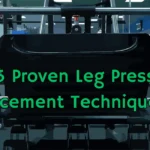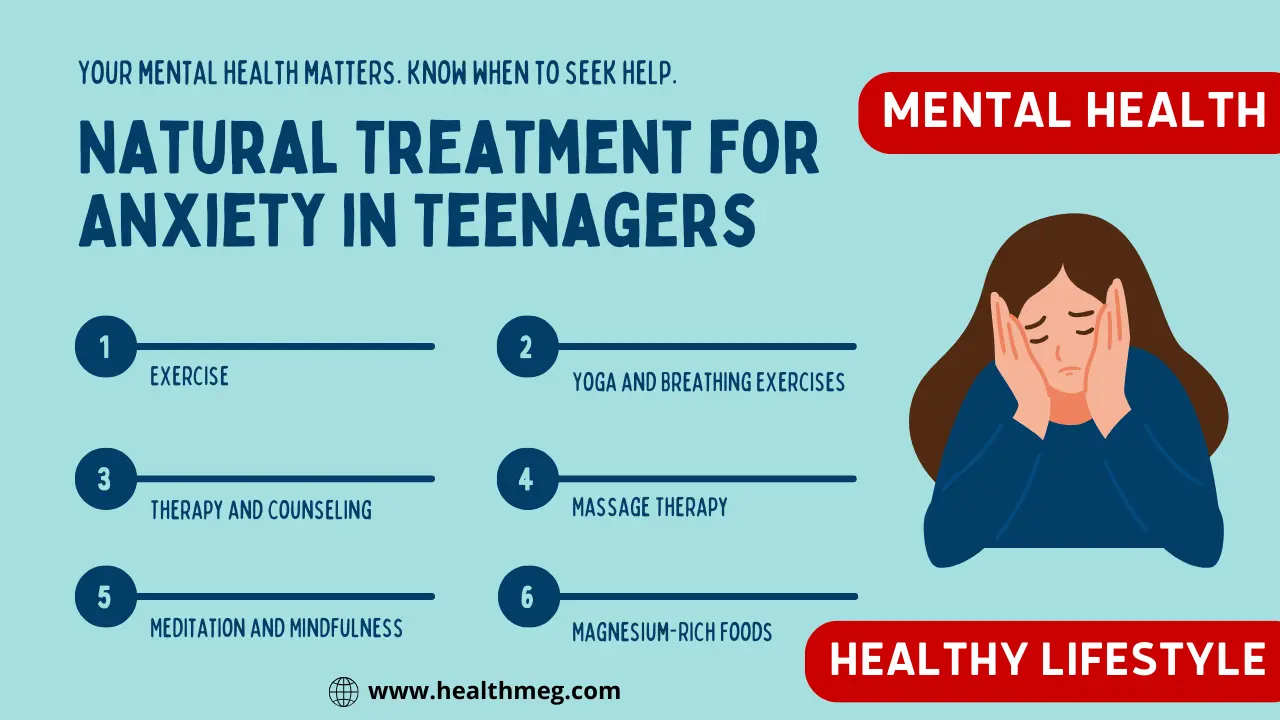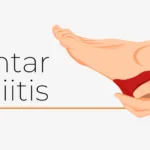For those who have undergone hip replacement surgery, regaining the ability to tie your shoes can feel like an elusive goal on the long road to recovery. It’s a simple daily task that you likely took for granted until suddenly it becomes a challenging feat requiring recovery time and modifications. If you’ve found yourself wondering “How long after hip replacement can I tie my shoes?” you’re not alone.
In this article, we’ll walk you through what to expect for shoe-tying ability after a hip replacement. You’ll find a detailed timeline based, tips to make lacing up easier and safer, and alternative footwear options so you can find the right shoes for your recovery stage.
Do read the People Also Ask (FAQs) about this topic.
Understanding Hip Replacement Surgery
Hip replacement surgery is a common procedure done to replace a damaged or arthritic hip joint with an artificial implant. The hip joint is a ball and socket joint, and during the surgery, the surgeon removes the damaged femoral head and inserts a metal stem into the femur bone.
A matching metal or plastic cup is inserted into the hip socket. The new ball and socket components move smoothly together, eliminating the pain and stiffness of your arthritic hip joint.
There are a few different types of hip replacement surgery:
- Total hip replacement – Both the ball and socket components of the joint are replaced. This is the most common type of hip replacement surgery.
- Partial hip replacement (hemiarthroplasty) – Only the ball portion of the joint is replaced. This may be done when only one part of the joint is damaged.
- Revision hip replacement – This is a surgery to replace a failed previous hip replacement. The old components are removed and new ones are implanted.
Recovery Period After Hip Replacement
The recovery time after a hip replacement surgery is around 3-6 months, but can take up to a full year before patients feel completely back to normal. The initial hospital stay is around 1-3 days, followed by transitioning to outpatient physical therapy and recovery at home.
Here is a general timeline for hip replacement recovery:
- Week 1 – Focus is on wound care, pain management, and initial mobility exercises. Patients will need help with most daily activities.
- Weeks 2-4 – Gradually increase walking with support. Begin light daily living activities but continue using walking aids.
- Weeks 4-8 – Build strength and flexibility through exercise. Wean off walking aids.
- 2-3 months – Resume more normal activities around the house. Driving and light exercise may be permitted around 6-8 weeks.
- 6 months – Mobility is greatly improved. Swimming and higher-impact exercise can usually be resumed.
- 12 months – Patients often feel fully recovered after a year. Activities should be back to normal.
Factors like your age, pre-surgery health status, rehabilitation commitment, and type of surgery can all impact your individual recovery timeline for your hip replacement recovery care. Following your surgeon’s instructions closely is crucial.
How Long After Hip Replacement Can I Tie My Shoes?

Regaining full mobility after hip replacement surgery can take up to 6 to 8 weeks, and sometimes even longer. This is because the tissues need time to heal. During this recovery period, it’s important to avoid activities like bending down to tie shoelaces, picking up objects, crossing your legs, and sleeping on your side.
Here’s a look at the typical time periods:
- 2 weeks – Absolutely no bending to tie shoes during this period. Use alternative options only.
- 3-4 weeks – May be able to reach far enough to slip on shoes but avoid prolonged bending.
- 6-8 weeks – Most patients can start tying shoes with modifications like using a long shoehorn.
- 12+ weeks – Bending is easier for many patients but take it slow and stop if you feel any hip or back pain.
As with all recovery, the exact timeline will vary based on the individual. Have ongoing discussions with your physical therapist and surgeon about your progress. Things like your level of flexibility, pain, type of surgery, and hip precautions can all impact your ability to tie shoes. Patience is key.
Also Read: 10 Science-Based Effective Benefits of Walking 30 Minutes a Day
Challenges With Tying Shoes After Hip Replacement
One motion that can be very difficult and painful after a hip replacement is bending over to tie your shoes. Here’s why this simple daily task becomes so challenging:
- Need to avoid bending hip past 90 degrees – During initial recovery, it’s important to avoid excessive hip flexion to protect the implant and allow soft tissues to heal.
- Limited range of motion – It takes time to regain full mobility of the hip after surgery. Tightness in the hip, swelling, and pain will restrict movement.
- Muscle weakness – The hip muscles like the glutes, hip flexors, and quadriceps will be weakened after surgery, making it difficult to balance in a bent position.
- Risk of dislocation – For at least the first 12 weeks, it’s crucial to avoid any extreme hip movements or twisting to prevent dangerous dislocations.
These factors mean tying shoes requires awkward movements and angles that put you at risk of injury. It’s essential to modify bending and avoid pushing your limits too soon after surgery.
Tips for Tying Shoes After Hip Replacement
Here are some tips to make tying your shoes easier and safer after hip surgery:
- Use long-handled shoehorn – Slide foot in with shoehorn rather than bending and reaching.
- Try a sock aid – This tool allows you to put on socks without excessive hip flexion.
- Sit in an elevated chair – Raise your legs so you don’t have to bend down as far.
- Cross leg over knee – Brings foot closer and shifts work to stronger leg.
- Tie loose knots – Saves having to fully tighten bows, limiting bending time.
- Hold foot up – Bring foot up onto opposite knee to tie rather than reaching down.
- Take breaks – Avoid prolonged bending. Tie what you can rest, and then complete.
- Modify method – Thread laces looser or use bunny ears instead of bows if easier.
- Listen to your body – Stop immediately if you feel any sudden hip pain or strain.
Having the right tools on hand and working slowly through each step based on your current mobility will help you successfully return to tying your shoes.
Alternatives Footwear to Tying Shoes
If bending to tie laces is still too challenging, consider these modifications to your footwear:
- Slip-on shoes – Elastic slip-ons or loafers eliminate laces during early recovery.
- Velcro closures – Straps with Velcro provide adjustable closure without bending over.
- Zipper shoes – Side or back zippers make getting shoes on/off easier.
- Slipper socks – Warm socks with a grip on the bottom allow indoor shoeless mobility.
- Sandals – Open-back sandals just require strapping around the ankle without bending.
- Lace alternatives – Convert laced shoes to elastic laces, buckles, or Velcro.
The right footwear can make a huge difference in maintaining your independence, safety, and confidence as you work through hip replacement recovery. Prioritize comfort and ease when selecting shoes during the first few months.
Conclusion- Life After Hip Replacement Surgery
Recovering from a total hip replacement surgery is a challenging but extremely rewarding process. Setbacks are common during what can seem like a long road to recovery. But taking it step-by-step, listening to your healthcare providers, and being patient with your progress will get you to that first pain-free shoe-tying moment.
With time and commitment to physiotherapy, most people experience dramatically improved mobility and quality of life after undergoing hip replacement. If you’re preparing for surgery or currently in recovery, you can get back to all the activities you enjoy like tying your shoes independently. It just takes perseverance through the healing process.
People Also Ask (FAQs)
Q) When can I sit on a normal chair after hip replacement?
A) Most surgeons recommend waiting at least 6 weeks before sitting in a standard chair without armrests after hip replacement surgery. Using chairs with arm support reduces the amount of flexion on the hip needed to sit down. Around 6 weeks, when the range of motion and strength have improved, regular chairs without armrests are considered safe for many patients. Always check with your surgeon.
Q) How long after hip replacement can I tie?
A) Typically patients can start tying their shoes again around 6-8 weeks after hip replacement surgery, but this will depend on the individual’s recovery progress. Tying shoes requires bending and twisting that may not be comfortable or permitted during the initial recovery period when hip precautions are in place. As flexibility improves, tools like long shoehorns can help reach shoes to tie laces.
Q) When can I bend to put my socks on after hip replacement?
A) During the first 6 weeks after surgery, bending restrictions are in place to allow the hip implant to heal properly. A sock aid tool is recommended to avoid excessive bending when dressing. Around 6 weeks, most patients are cleared for gentle bending activities including putting on socks and shoes. It’s important to listen to your body and stop if you feel sudden hip pain.
Q) How long after hip replacement can I walk unaided?
A) The timeline for walking unassisted varies, but many patients can walk short distances without support around 6-8 weeks after surgery. Full unaided walking generally occurs between 12-16 weeks once strength, balance and confidence have been regained. Some patients progress faster, but it’s crucial not to rush the process to avoid falls or injury. Talk to your physical therapist to determine your individual timeline.
Q) Can I sit Indian style after hip replacement?
A) Sitting with legs crossed “Indian style” is generally not recommended long-term after a hip replacement. This extreme hip flexion and internal rotation stresses the hip joints and can lead to dislocation. Occasional brief cross-legged sitting may be okay after full recovery for some patients, but it’s best to avoid sitting for prolonged periods in this position.
Q) What is the correct way to sit after hip replacement?
A) The proper way to sit after hip surgery is with hips and knees bent at 90-degree angles. Use raised chairs with armrests. Avoid low, soft surfaces that cause excessive flexion. Keep knees aligned with hips and feet planted. Proper sitting posture prevents too much strain on your new joint. Listen to your body and stop sitting if you feel pain.
Q) What are lifelong restrictions after hip replacement?
A) While an artificial hip is designed to replicate normal hip function, some activities should be avoided lifelong to prevent premature wear or dislocation. Restrictions include no high-impact activities like running/jumping, avoiding extreme hip flexing sports like martial arts, and refraining from pivoting movements during activities. Follow all precautions from your surgeon.
Q) What can you never do again after a hip replacement?
A) Though not a definitive list, activities commonly permanently restricted after hip replacement include high-impact sports like basketball, football, jogging, singles tennis, martial arts, hockey, gymnastics, and aerial sports like skydiving. Your surgeon will provide hip precautions tailored to your specific procedure and implant.
Q) What movements are not allowed after hip replacement?
A) Early movement restrictions include no bending past 90 degrees at the hip, no crossing legs, no twisting inward at the hip joint, and no pivoting on the operative leg. These precautions gradually relax over the first 12 weeks as mobility improves. Your surgeon and physical therapist will provide guidelines for permitted and prohibited motions after surgery.
Q) What kind of chair is best after hip replacement?
A) Chairs with firm, elevated cushioned seats, armrests and high backs provide optimal support after hip surgery. Recliners allow changing positions, while straight-back chairs properly align hips and knees. Use pillows for extra cushioning. Avoid low, soft chairs or sofas that cause excessive sinking and flexion.
Q) Is it better to sit or lay down after hip surgery?
A) Both sitting and lying down are important for recovery periods after hip replacement surgery. Listen to your body – change positions if any are causing hip discomfort or fatigue. Initially reclining helps relax muscles while sitting allows you to be more upright for eating and short activities. Finding a balance is key.











